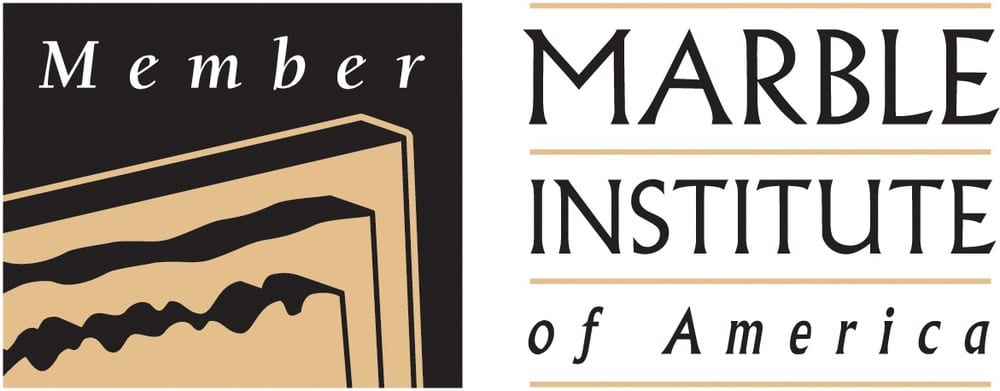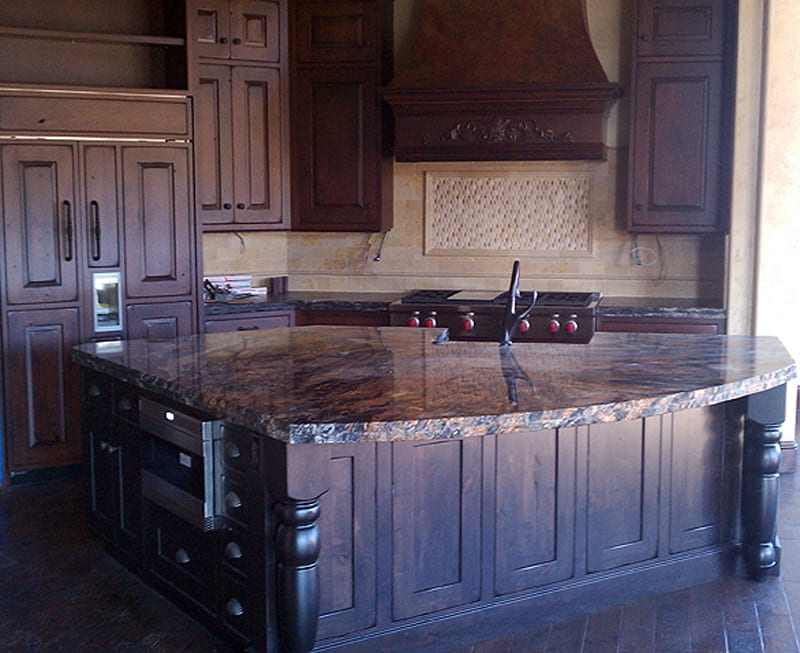Supreme Granite Kitchen Island – Project Manager: Randy Wilson. A comprehensive new scientific study sponsored by the Marble Institute of America definitively shows that granite countertops are an insignificant source of radon in the home and that 99.95% of countertops produce lower radon concentrations than are typically found outdoors in the U.S. The study also concluded that in normal applications there is no risk granite countertops will produce radon concentrations even close to levels the U.S. Environmental Protection Agency says require remediation (4 picocuries/liter).
Radon is a natural radioactive gas found in soil and stone. Most radon seeps harmlessly into the atmosphere. Prolonged exposure to high concentrations of radon can cause lung cancer.
“Our analysis shows that the likelihood of a granite countertop leading to a negative health impact due to radon is almost a statistical impossibility,” said Dr. Joseph Allen of Environmental Health & Engineering Inc., who led the study team. “The most typical granite countertop installation would produce radon concentrations in the home that are 10,000 times lower than the EPA action level, and are so low that they are not even measurable.” Dr. Allen also stated that their model predicated that there was only a one-in-a-million chance of a granite countertop producing radon concentrations in the home that approached the EPA action level of 4 pCI/l, and that specific simulated countertop purchase involved an unrealistic scenario where 13& of the home’s surface area was countertop. Dr. Allen reiterated the final conclusion in their paper, “this research supports evidence previously published in the scientific literature that the health risk of radon exposure from granite countertops is negligible.”
The independent study, sponsored by the Marble Institute of America, involved a Monte Carlo simulation, a computer analysis to determine risks associated with various purchase decisions. The study simulates the installation of 1 million countertops of different kinds of granite in homes of different sizes and with different air exchange rates. The goal was to determine the probability that any countertop would produce significant radon concentrations.
Monte Carlo simulations analyze the results of radon emissions for the full spectrum of granite installations including extreme possibilities, such as installing unrealistically large countertops in small, tightly insulated homes. The original analysis method was developed by scientists working on the first atom bomb. It is commonly used to assess risks in finance, engineering, insurance and other industries that deal with the interaction of many variables.
“Science again proves the safety of granite,” said G.K. Naquin, MIA president. “Because the beauty and durability of natural stone is unparalleled, some manufacturers of competing materials have tried to scare the public into believing it may be dangerous. This study shows granite is safe.”
The analysis will be submitted for publication to a peer-reviewed, scientific journal. This is the third MIA sponsored granite study to be submitted for publication. The first two, published in the Journal of Exposure Science & Environmental Epidemiology, appeared in 2010.
The MIA has invested in several studies to determine the safety and durability of natural stone countertops, to provide clear, unambiguous information for consumers to make educated decisions and to also protect the industry from baseless attacks by manufacturers of competing materials.

